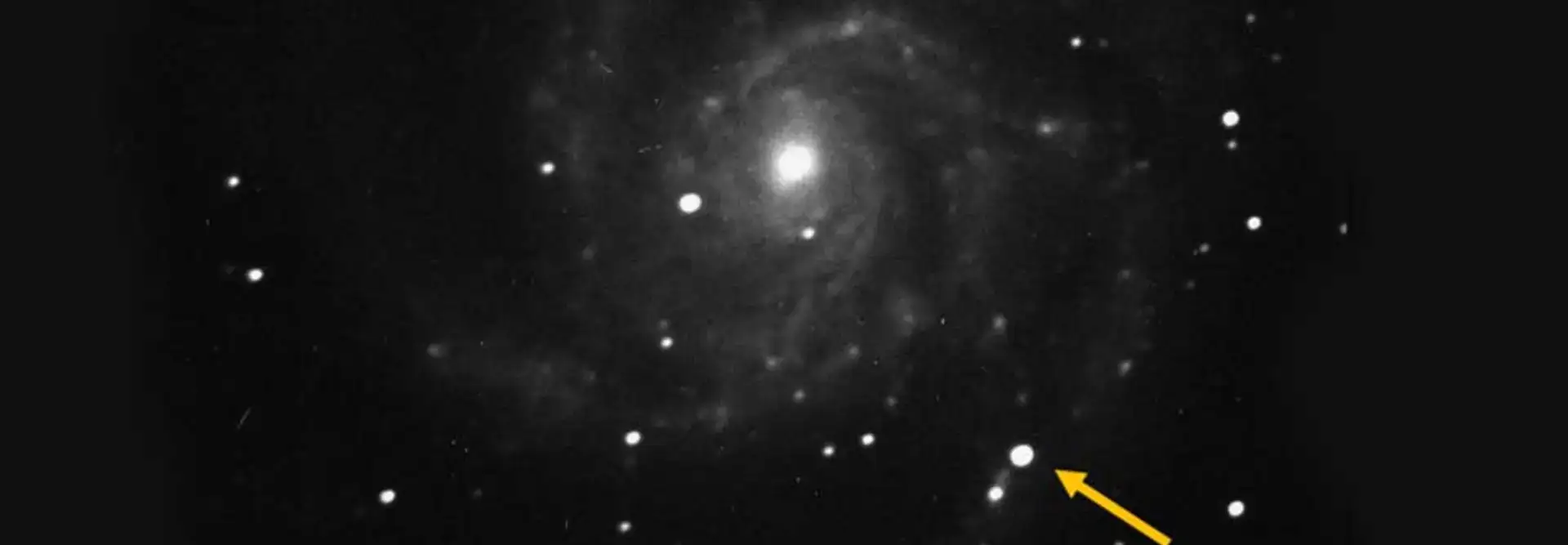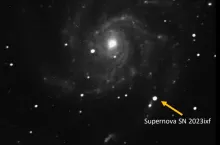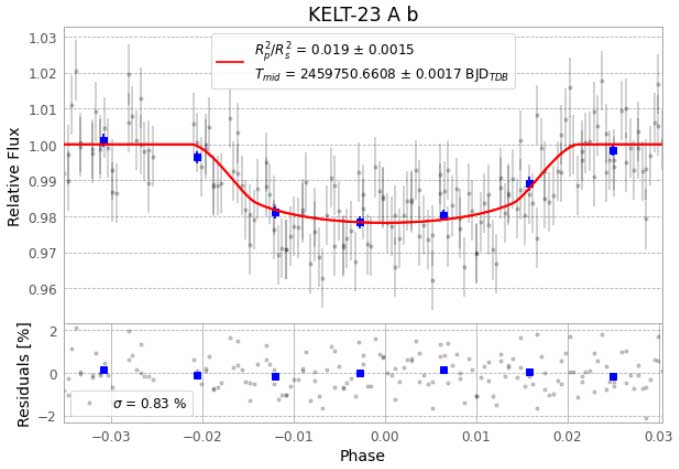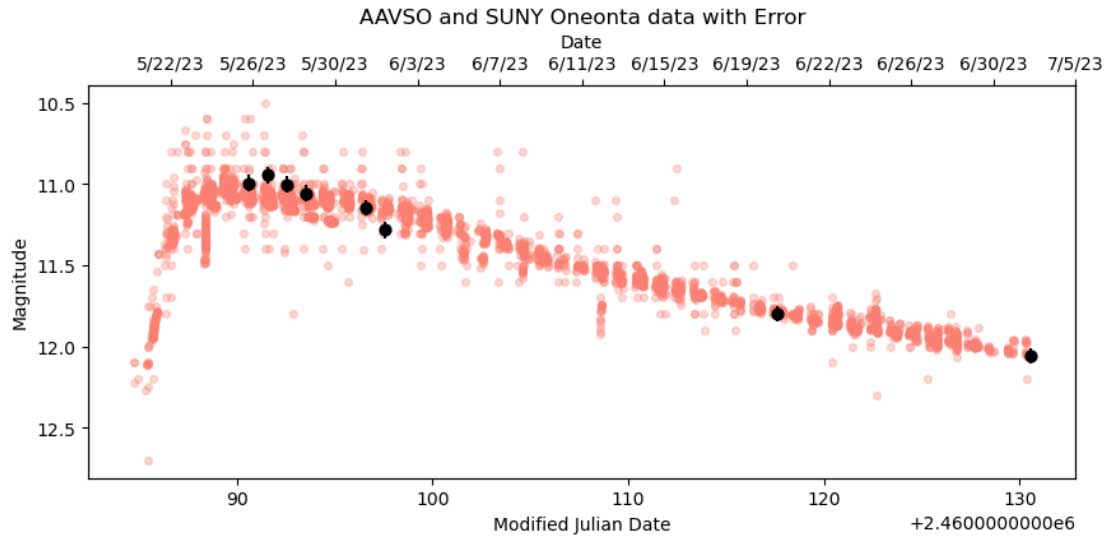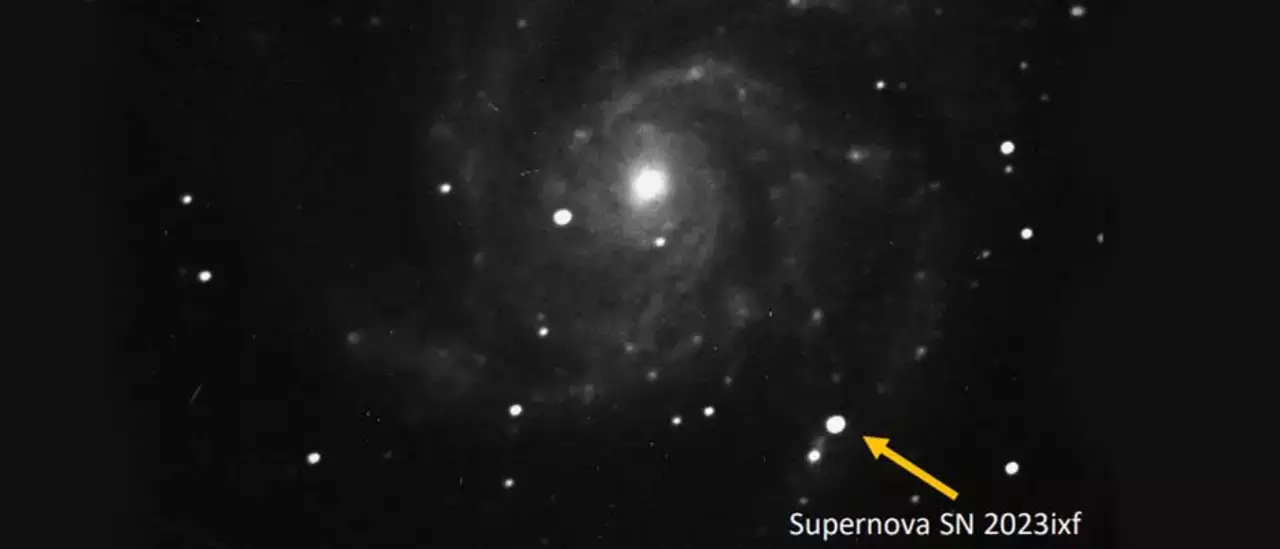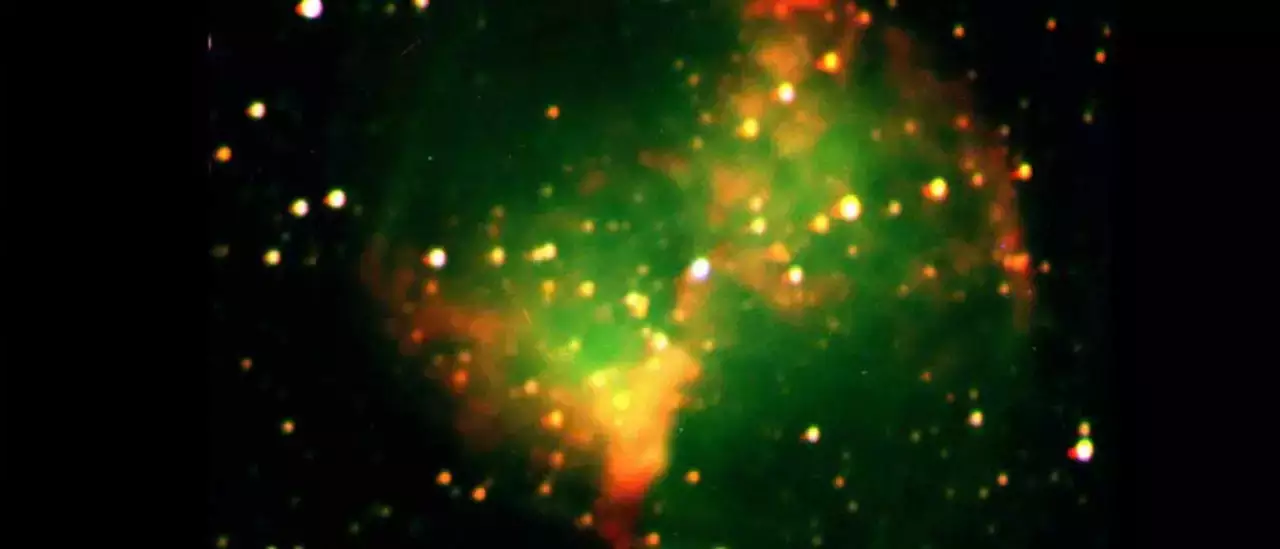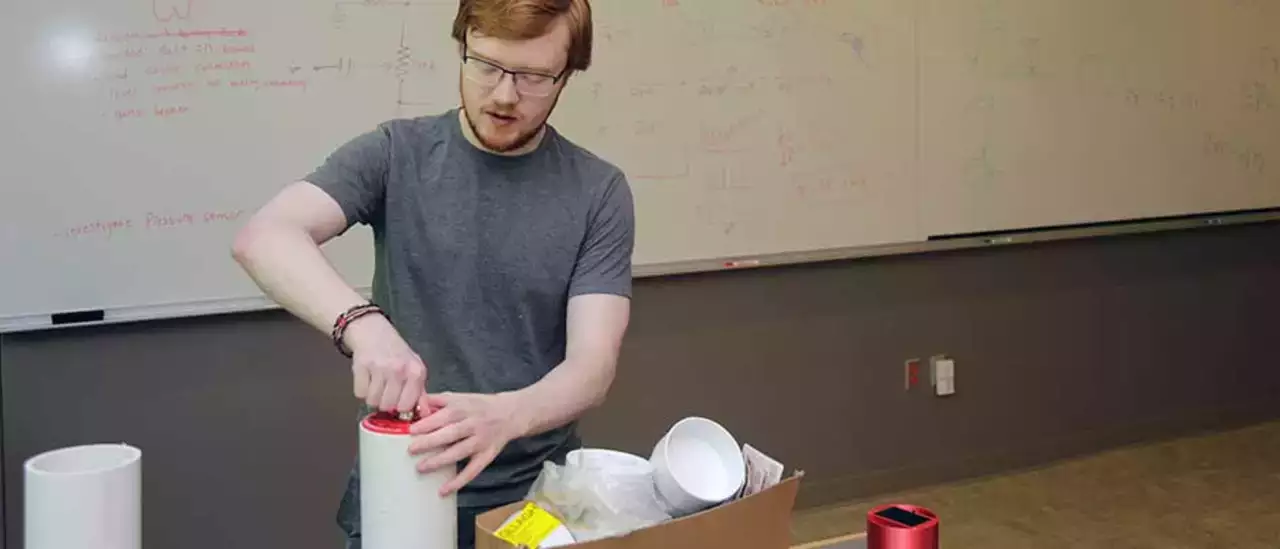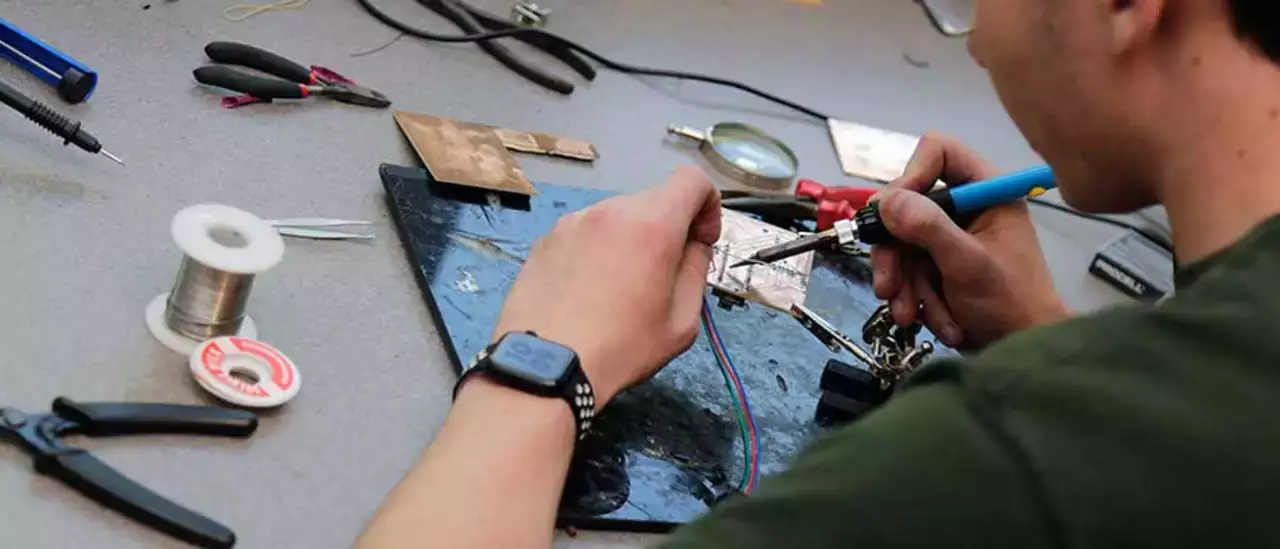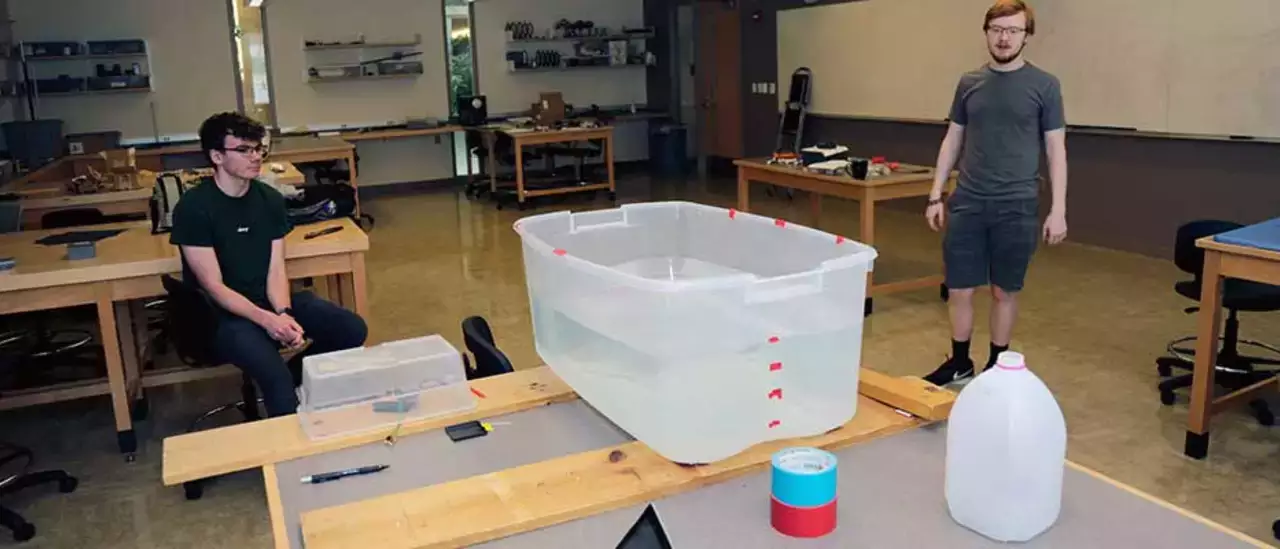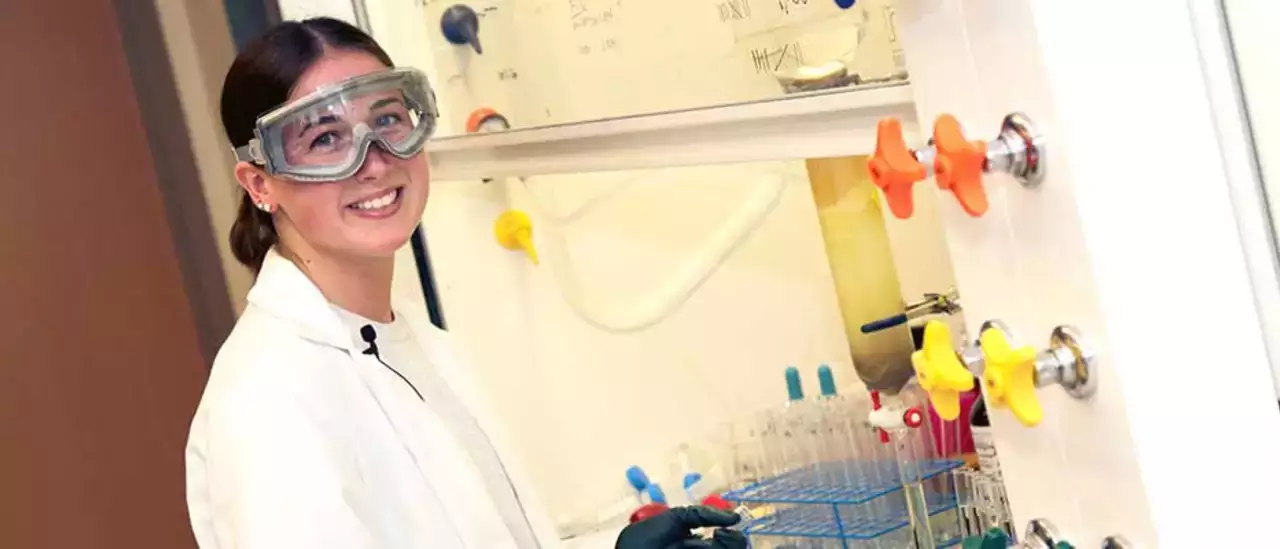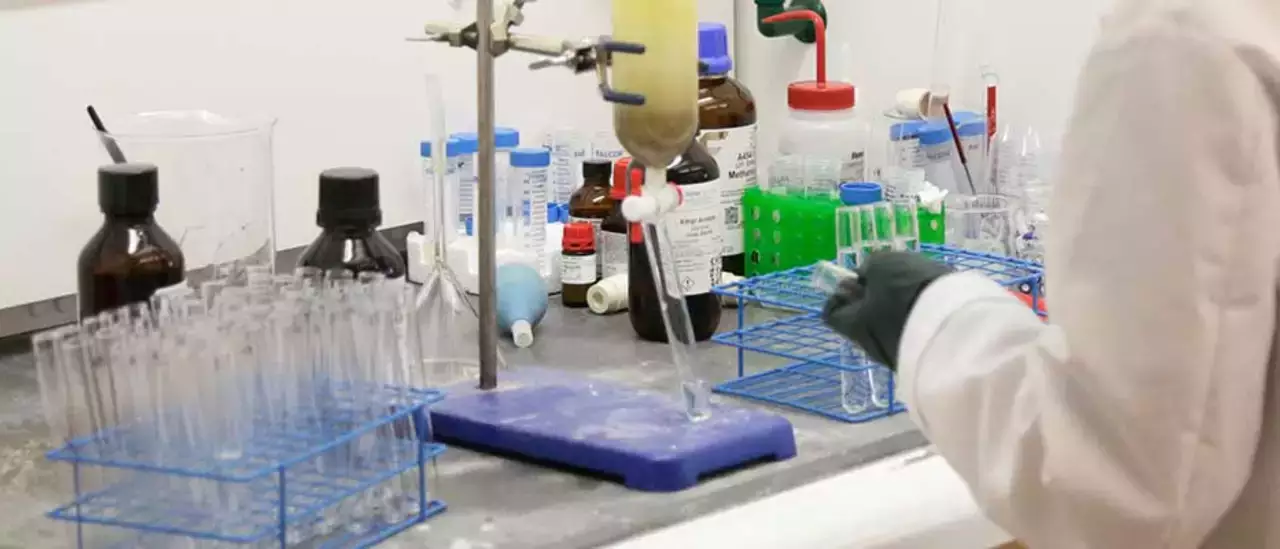SUNY Oneonta students are getting firsthand experience in their fields of study this summer with research projects on topics ranging from theatre to natural sciences.
Twenty-four SUNY Oneonta students are involved in research projects on and off campus through the university’s Summer Research Fellowship Program. Fellowships assist undergraduate and graduate students with costs related to participating in summer research and creative activity in either an independent or group project. SUNY Oneonta faculty are mentoring students in projects ranging from a Shakespeare intensive study in Prague to research that combines sustainability and video games in elementary, middle and high school education.
The 2023 Summer Research Fellowship recipients receive financial support from University Advancement’s Student Research and Creative Activity Grant Fund, with additional funding from Alumni Engagement. Students receive grants of up to $3,000 each, with a maximum of $6,000 for two or more students working together on a single project. Students who must remain on campus for their research stay at SUNY Oneonta for free this summer.
A Summer Student Research and Creative Activity Showcase will take place from Sept. 7 to 14 in the International Lounge at Hunt Union to display the students’ projects. Students will attend the showcase on Sept. 13 to discuss their work in person.
“The summer fellowships provide students with a great opportunity to do concentrated, in-depth, faculty-led research without sacrificing their ability to earn money at a time when so many students are home working summer jobs,” said Audrey Porsche, associate director of scholarly activities.
Supernova Imaging in the Pinwheel Galaxy
Despite the wildfire smoke and poor weather conditions of May and June, Physics majors Michael Giannetto and Joshua Ippolito were able to observe and take images of a supernova and other stars located about 21 million light years away in the Pinwheel Galaxy. Using the telescopes at College Camp and special astronomy software, Ippolito and Giannetto calibrated the images, removed instrumental noise and measured the brightness of the supernova and other stars in the photos. Their research project is titled “Studying Alien.”
“Supernovas occur when stars much more massive than our sun die and explode,” said Dr. Valerie Rapson, assistant professor of physics and astronomy and the students’ faculty mentor. “These explosions are so bright that they can easily be seen in other galaxies. By taking pictures of a supernova each clear night over many months, astronomers can determine the type of supernova and learn more about the progenitor star that created the supernova.”
Dr. Rapson instructed Giannetto and Ippolito on how to take scientific images with CCD cameras, operate the telescopes, and process and analyze the data. The students learned how to use a variety of software packages, including MaxIm DL and AstroImageJ, and then learned how to plot their results in Python.
“Most of the data taken was for a supernova, but some of it was for studying exoplanets as well,” said Ippolito. “We’re obtaining useful data that will lead to important research in the future.”
Researching Seiche in Regional Lakes
In the Physical Science building, Physics and Math dual majors Ryan Sliwinski and Andrew Lutz are researching seiches, standing waves that form naturally in lakes or fabricated in pools and other basins of water. At the right frequency, the waves will resonate with a lake. This action makes the waves appear as if they are moving back and forth, but instead, the waves only move up and down.
Lutz and Sliwinski’s project is titled “Characterization of Seiche: Observation and Modeling.” Under the mentorship of Dr. Hugh Gallagher, associate professor and department chair of Physics and Astronomy, the students are determining if seiches play a significant role in the dynamics of regional lakes, such as Lake Otsego, and the transportation of material within them.
“About 10 years ago, Dr. Devin Castendyk a former Earth Sciences faculty member, began a project to study seiche. He wanted to detect if they were there and characterize what they were,” said Dr. Gallagher. “We’ve taken a two-pronged approach in this research project. The first was to study seiche in simple containers of water like a tub or pool where we can control the conditions. The second thing we want to accomplish is to measure the height of the water using a pressure sensor.”
This summer is Lutz’s second year on this project. Lutz worked on analyzing the data from the controlled experiments by developing computer code to determine the frequency and amplitude of the waves. He is also responsible for designing a water-tight compartment to house the pressure sensor technology.
Sliwinski is responsible for conducting the artificial basin experiments, creating protocols to test the pressure sensor and evaluate the accuracy and resolution of the technology. He conducted and analyzed multiple experiments simulating seiche in an enclosed basin of water. Sliwinski assembled and soldered the electronic components for additional pressure sensors based on the design created by recent SUNY Oneonta graduate Jacob Ghiorse during last summer’s research.
“A lot of what we learn in Physics is understanding theory in papers, but you have to dive deeper when doing these research opportunities,” said Lutz. “Research also provides some experience with coding, which is essential in every Physics field because there is a program for everything now. You also get to work in an environment with other physics-oriented people, which is very valuable.”
Combating Drug-Resistant Viruses
In another laboratory in the Physical Science building, sophomore Biochemistry major Jessica Shaw is synthesizing antiviral Melicoptelines to test their biological activities against the Influenza A virus. Her research project is titled “Synthesis of Melicopteline Derivatives.”
Following the discovery in 2021 of a natural antiviral peptide called Melicopteline, Dr. Antoine Blanc, assistant professor of chemistry and biology, designed and planned the experiments as the faculty mentor for the research project.
“While I supervise the experiment, Jessica is executing it,” said Dr. Blanc. “She’s also purifying the antiviral Melicoptelines and characterizing them using advanced scientific instruments in collaboration with SUNY Binghamton.”
As the faculty mentor, Blanc is assisting with the interpretation of data Shaw is collecting and training her to use the scientific instruments. He also wrote and obtained grants to finance the project, ordered the materials and established collaboration to allow the project to move forward.
Shaw’s research in Melicopteline synthesis is important because peptides like it have shown a wide range of biological activity, including antiviral applications that could help combat drug-resistant viruses like Influenza A.
“I’ve enjoyed the freedom I have to carry out procedures at my own pace and I am gaining so much knowledge that I can’t learn from a textbook,” said Shaw. “I plan to go to graduate school and get my Ph.D. and then work for a Big Pharma. This is incredible experience that you really don’t get in many places. All the work that I’m doing is stuff that first-year graduate students haven’t done before. After I graduate, I’ll be able to interview for competitive graduate programs and be able to talk about this experience.”
